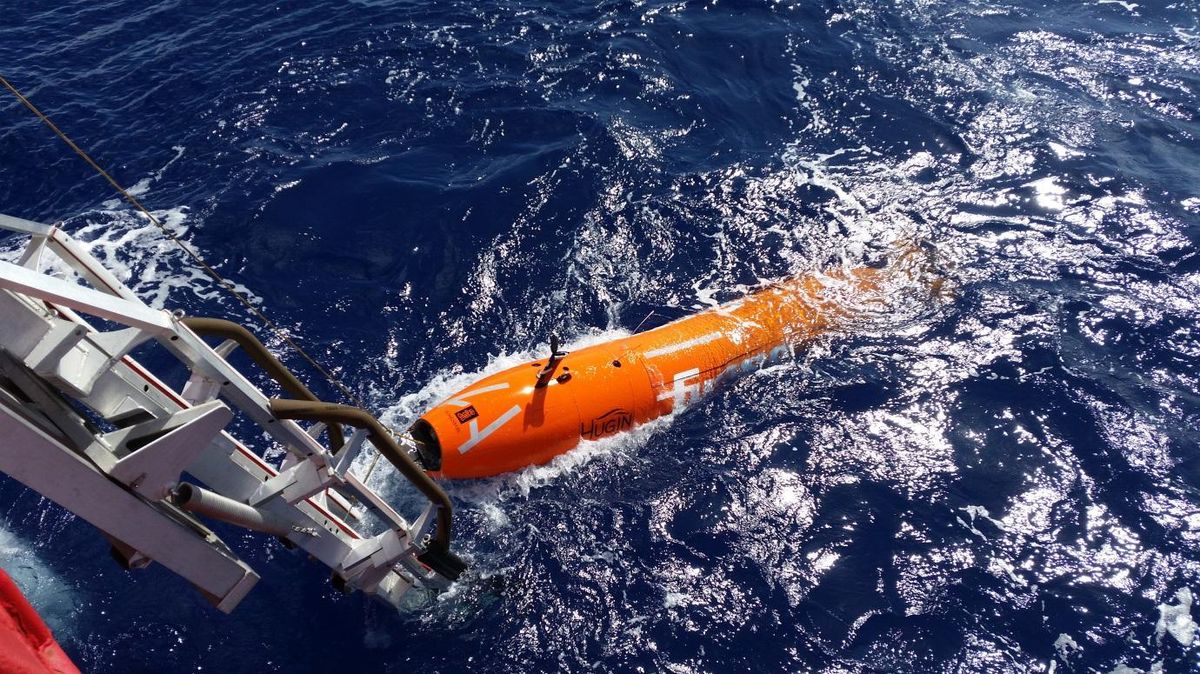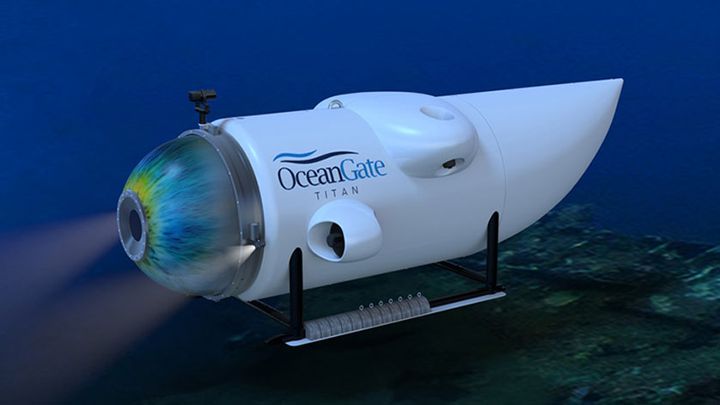The Future of Ocean Exploration: How Robots and AI Are Learning the Secrets of the Deep

Water covers over 70% of our planet, but we are more familiar with Mars' surface than the ocean floor. Understanding how the ocean affects climate change, biodiversity, natural resources, and human activities depends on mapping and ocean exploration. Traditional ocean exploration techniques, however, are expensive, time-consuming, and constrained by human capabilities. Since humans find it difficult to travel to the deep ocean, scientists and engineers are creating new technologies that can independently navigate and gather data there.
Underwater robotics is one of the many fields and industries that artificial intelligence (AI) is transforming. Robots operating underwater without human assistance are known as autonomous underwater vehicles (AUVs), and they can engage in exploration, mapping, inspection, surveillance, and intervention.
One of these technologies is autonomous underwater vehicles (AUVs), self-propelled robots that can carry out pre-programmed missions without direct human control. To measure the ocean's physical, chemical, biological, and geological characteristics, AUVs can transport a variety of sensors and instruments. Sonar can be used to locate exciting objects and produce high-resolution seafloor maps. They can also be set up to function autonomously, enabling researchers to gather data for extended periods without human intervention.
An AI-powered AUV is called Orpheus, a project of NASA's Jet Propulsion Laboratory (JPL) and the Woods Hole Oceanographic Institution (WHOI). Orpheus is a small, inexpensive AUV that can travel to the Hadal Zone, the deepest ocean area beneath 6,000 meters, to explore it. It is furnished with high-resolution cameras, sensors, and mapping tools to study the geology, biology, and chemistry of this poorly understood region.
Similar to how NASA's Perseverance rover and Ingenuity helicopter navigate on Mars, Orpheus uses vision-based navigation. Orpheus creates 3D maps using the features found on the seafloor as waypoints by using cameras and lights to identify elements like rocks, shells, and coral. Orpheus also operates a cutting-edge power module that takes advantage of the temperature differences between warm and cold ocean waters to generate thermal energy and refuel its batteries.
Orpheus is made to operate in groups with other vehicles to map extensive areas of the uncharted ocean floor. Our understanding of the Hadal Zone, which is home to distinctive ecosystems and geological processes, will be improved due to the project. It has cutting-edge sensors and can function for up to 24 hours on a single battery charge. The information gathered by the technology could lead to a fresh understanding of marine life and conservation efforts.
Ocean exploration is changing due to the development of autonomous underwater robots, which also presents new opportunities for scientific research. We can learn more about our blue planet and the secrets of the deep ocean by combining robotics, AI, and machine learning. Additionally, this technology will open up new markets and uses for oceanography, marine biology, and underwater resource management. It will fundamentally alter how we study and safeguard our oceans.
As a result, AUVs are an essential tool for oceanographic investigation and research. AUVs are also used for military, oil and gas exploration, and search and rescue operations. AUVs have grown significantly as a technology for many industries and academic disciplines.
However, there are many obstacles and limitations that AUVs must overcome in the deep ocean. For instance, high pressure, low temperatures, low light, and poor visibility are just a few conditions that AUVs must operate in. Due to the limited range of radio waves in water, AUVs must also overcome communication difficulties. AUVs must rely on intrusive, expensive, or unreliable acoustic signals or satellite links to communicate with people or other vehicles. AUVs must also manage navigational uncertainties because there are no GPS signals underwater. AUVs must use inertial or terrain-relative navigation systems to estimate their position and orientation.
Researchers are creating new technologies that use artificial intelligence (AI) and machine learning (ML) to address these issues and improve the capabilities of AUVs. AUVs can process a lot of data, spot patterns, make decisions, and adjust to changing circumstances with the aid of AI and ML. AUVs can benefit from AI and ML, for instance.



